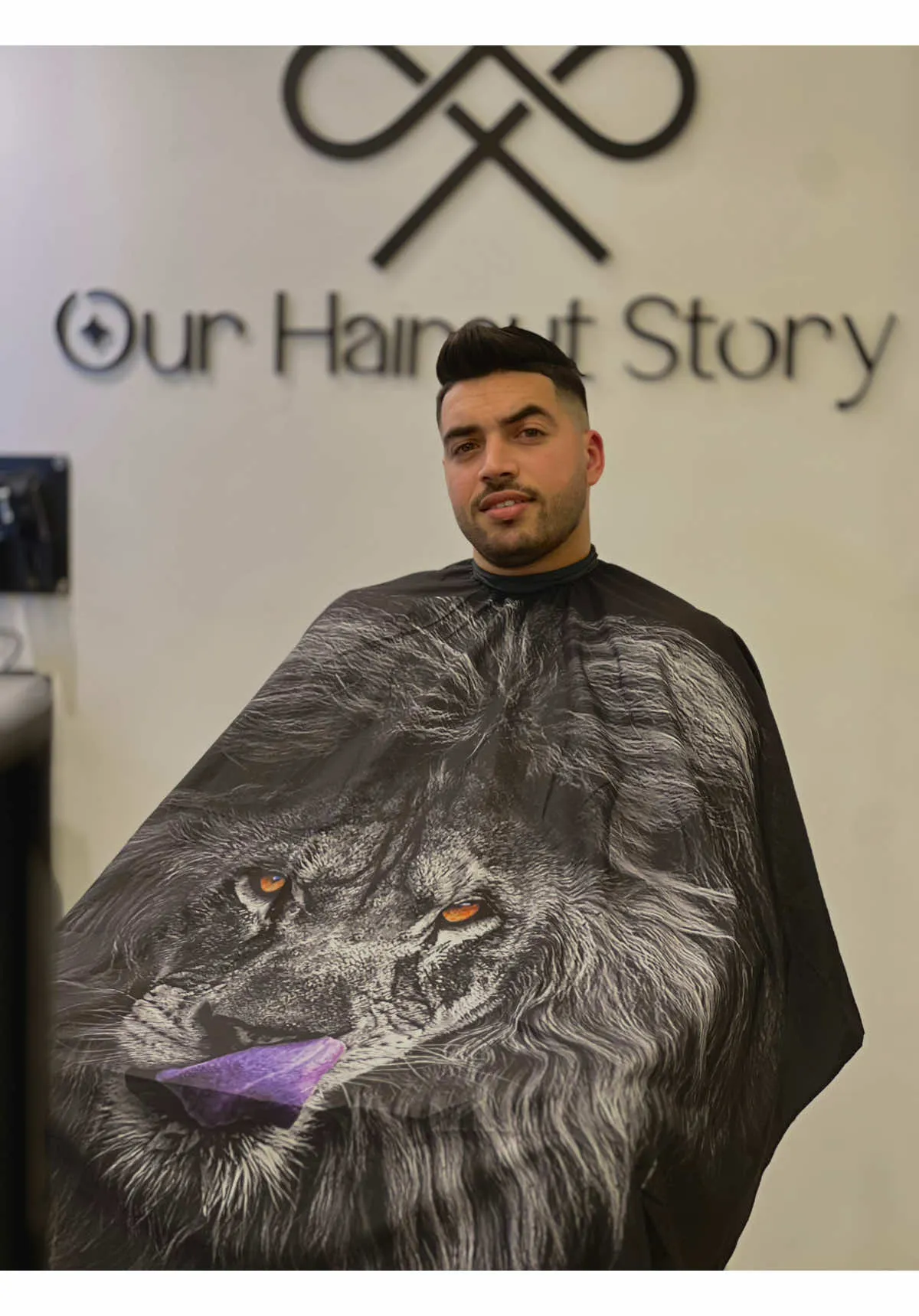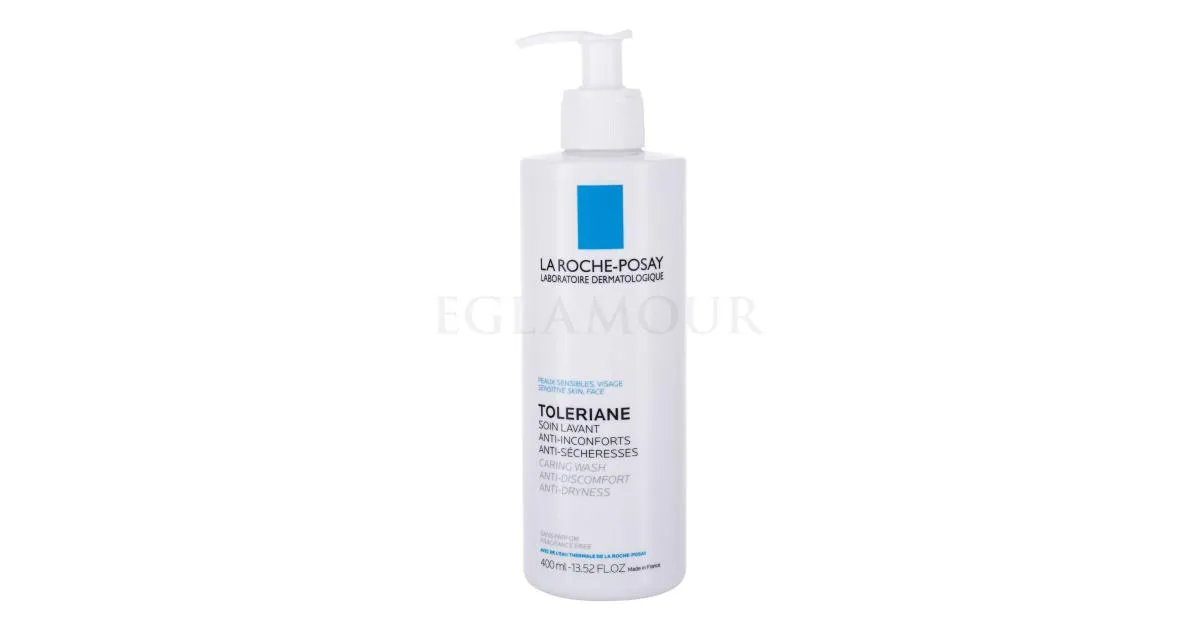Shingles Surge: What You Need to Know Before It’s Too Late!
Shingles, medically known as herpes zoster, is a viral infection that manifests as a painful rash. This condition is caused by the reactivation of the varicella-zoster virus, the same virus responsible for chickenpox. With approximately 1 million cases reported annually in the United States, shingles is a significant health concern that affects 1 in 3 individuals in their lifetime.
As the population ages, the incidence of shingles is on the rise. The risk of developing this painful condition increases with age, with 50% of those reaching 85 years likely to experience shingles. Despite its prevalence, many people remain unaware of the symptoms, risks, and preventive measures associated with this condition.
Understanding Shingles
Shingles typically presents as a painful rash that can appear on one side of the body or face. The rash often begins as small red bumps that evolve into fluid-filled blisters, which eventually crust over. Symptoms may also include itching, tingling, or burning sensations in the affected area. The pain associated with shingles can be severe, sometimes lasting for weeks, months, or even years after the rash has healed, a condition known as postherpetic neuralgia (PHN).
Who is at Risk?
Anyone who has had chickenpox is at risk of developing shingles, as the varicella-zoster virus remains dormant in the body and can reactivate later in life. Certain factors can heighten the risk, including:
- Age: The likelihood of developing shingles increases significantly as one ages.
- Weakened Immune System: Individuals with compromised immune systems due to conditions such as cancer, HIV, or those on immunosuppressive medications are at a greater risk.
- Medical Conditions: Certain health issues can also contribute to the risk of shingles.
Prevention Through Vaccination
Vaccination is the most effective way to prevent shingles. The CDC recommends that adults aged 50 years and older receive two doses of the recombinant zoster vaccine (Shingrix) to significantly reduce the risk of developing shingles. This vaccine is also advised for younger adults with specific medical conditions that compromise their immune systems.
In addition to vaccination, it is crucial for those with shingles to take precautions to prevent spreading the virus to others. Covering the rash, avoiding scratching, and practicing good hygiene, such as frequent handwashing, are essential steps to minimize transmission.
Treatment Options
If shingles occurs, early treatment is critical. Antiviral medications such as acyclovir, valacyclovir, and famciclovir can effectively reduce the severity and duration of symptoms. These medications work best when administered within 72 hours of the rash appearing. Pain relief options, including over-the-counter medications, wet compresses, and soothing lotions, can also alleviate discomfort.
The Importance of Awareness
Shingles awareness is vital in encouraging individuals to seek medical attention promptly and consider vaccination. Many people are unaware of their risk, and the potential complications associated with shingles can be severe. Understanding the condition can empower individuals to take proactive measures in safeguarding their health.
Conclusion
As shingles cases continue to rise, it is imperative to educate the public about this common yet often misunderstood condition. By promoting awareness, encouraging vaccination, and emphasizing early treatment, we can reduce the impact of shingles on our communities. If you or a loved one is at risk, consult with a healthcare provider to discuss vaccination options and stay informed about the symptoms and treatment of shingles.
In summary, shingles is more than just a rash; it represents a significant health issue that affects millions. By understanding shingles, we can better prepare ourselves and protect those around us from this painful condition.






Leave a Comment